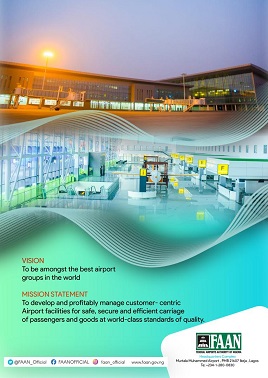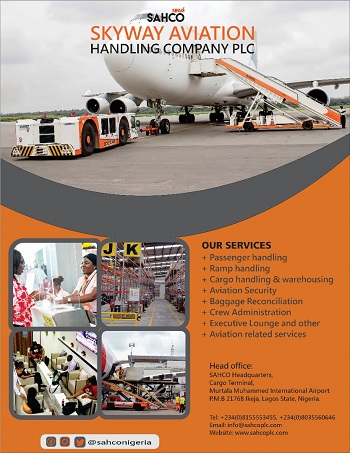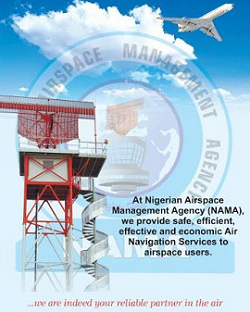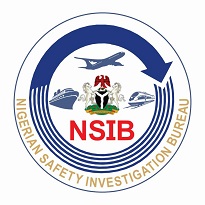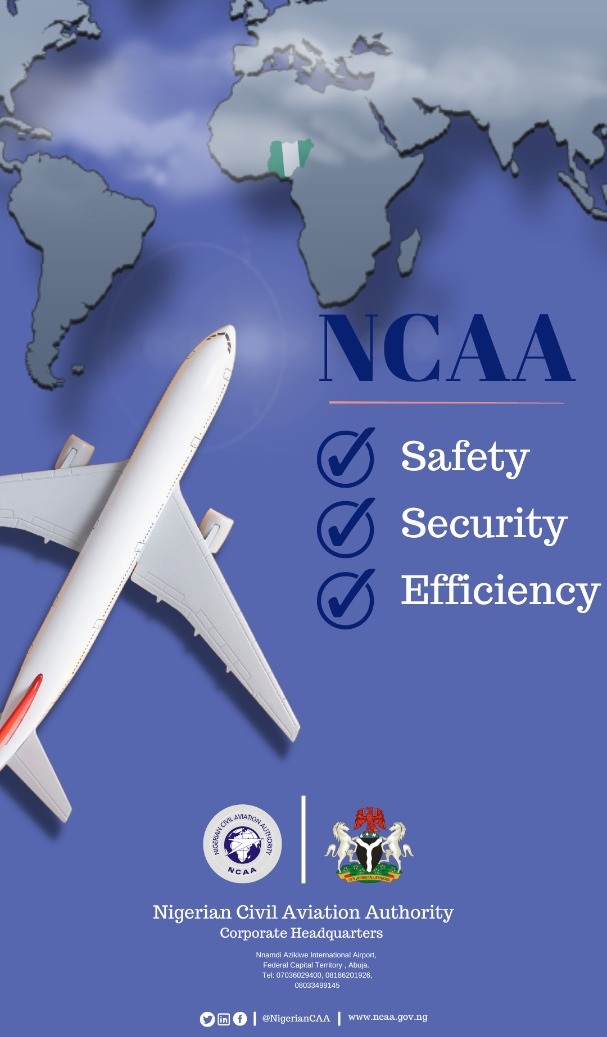
Managing Director of Nigerian Airspace Management Agency (NAMA).
Mr. Tayib Odunowo is the newly appointed Managing Director, Nigerian Airspace Management Agency (NAMA) in this interview he granted journalists at Providence Hotel Ikeja GRA, Lagos during the 27th Annual Conference of the League of Airport and Aviation Correspondents (LAAC), said among other steps taking to close gaps in Nigerian airspace, the agency is working with the military to train more controllers.
Except:
There were a lot of optimism from the industry stakeholders when the news of your appointment as the Managing Director/ CE of Nigerian Airspace Management Agency (NAMA) filtered into the public domain, believing that you are a go-getter. Sir, there have been talks about the challenges of communication in Nigerian airspace, what are you doing to address this gaps?
We started the power audit, you know when you want to diagnose a problem, you have to look at the symptoms before administering medication. So, pretty much has been done in-house. We put a committee together made up of engineering people, the people that own communication and operations, which are the users’ department. So they have identified key things. Key deliverables that we have started working on in order to close that gap: One of them is power. So, immediately we rolled up solar powered transmitters. What does that do? It bridges the gap for our communications.
The second one we have deployed manpower. The communication issue we have basically is in our upper airspace. So, the third one is that we are doing what is called an Aeronautical Information Service (AIS) automation process, which is the backbone of everything we are talking about.
Everything that we are talking about now is going to ride on AIS automation and that process is ongoing currently. The contractor has promised that all the five international airports will be operational. So, once we do that as phase one, then by the time we move to phase two and our communication issues will be history.
What has your agency done to properly train the Air Traffic Controllers? Some claimed that the ageing ones are gradually exiting the system, while the new ones are not adequately trained. What do you have to say on this?
That is a big one. Because we have brought some people back right now that are actually retired because of the years in service not age. These are people who still have a lot of fire power in them. So, we have brought them back.
Secondly, we have recruited 100 controllers now and we have started training. The challenge we are having is space constraint in Nigerian College of Aviation Technology (NCAT). So, we have had an Memorandum Of Understanding (MOU) with the Rector of NCAT. So they are going to do a hybrid.
Thirdly right now, we are working with the military. The military also has a school where they train controllers. They expressed interest in helping us. And then lastly, we are bringing in an organisation to train our controllers to get all their classes of licenses in six months. So, we have a four-point approach that we are working on to quickly close the gap.
Where exactly is Nigeria in the multilateration project?
It is 90% completed. It is basically concentrated more in the delta (littoral or riverine) area of the country. That region is the busiest airspace right now in Nigeria. If you look at the proximity of all the airports, you have all these low flying objects. What NAMA is trying to do is to make sure that anything that flies in the Delta region is picked by the Satellite Based Augmentation System (SBAS). But right now, we intend to deploy Multilateration Technology (MLAT) all over Nigeria, starting from the Delta region. Don’t forget even in foreign countries MLAT kind of superimposes your regular radar. So, they actually work hand-in-hand.
Talking of SBAS programme, so far, how many people have tried to key in and how has it helped them to actually reduce most of the challenges with regards to saving fuel on distance time?
That is about precision, what SBAS does is that it brings your Ground Based Software (GBS), let assume GBS has a zero, or the tolerance limit of Global Positioning System (GPS), let’s assume it is one foot. When you use SBAS, it brings it down to like two inches. That is really what SBAS does. So, it is a no brainer especially when we are talking about bad weather.
We are talking of harmattan, we are talking about rain, SBAS is a must. Don’t forget we still have challenges with some of our navigational aids. So, it is like a backup for them. All the airlines love it; it saves them money, fuel, and they can fly freely.


